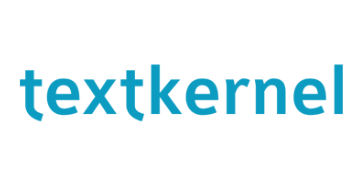-
Provided by

- Date published: Feb 13, 2020
- Categories
Why is internal mobility critical to your talent strategy, and how can AI technology empower your organization with the tools to make it happen? Textkernel, who has been pioneering artificial intelligence for recruitment technology since 2001, has developed this whitepaper to help organizations remain competitive in today’s costly talent acquisition market.
This report will provide you with insight into the following areas:
- Economic and organizational trends have created ‘the perfect storm’ that has driven internal mobility to the forefront of the CHRO’s strategic agenda
- HR can benefit from tangible business outcomes including reducing rising cost-to-hire and time-to-fill, improving employee satisfaction, and increasing retention
- AI-powered technology can help create an internal skills economy that will help companies better manage talent needs in the digital marketplace.
Fill out the form below to download the whitepaper:




